Old is gold is a cliché proven again by the oldest propaganda delivery channel deployed in the Ukraine war but not so much for the military finds Satyen K. Bordoloi
In Sam Mendes’ modern masterpiece 1917 set in the eponymous year, two soldiers race against time to deliver an important message to prevent an ambush and thus the needless death of their troops. They use the oldest but secure technology to deliver the message: a hand-delivered letter.
Secure tech is what the Russian army needs right now as not just their foot soldiers, but even high-ranking officials are falling prey to well-targeted Ukrainian ambushes. Around 18 Russian generals and commanders are said to have been killed largely because instead of encrypted military technology, they have been forced to use off-the-shelf, old, easy to intercept open communication technology.
Old tech is staging a resurgence even in propaganda. With authorities having blocked every way to communicate with Russians including the internet, the West is going back to a technology that’s a quarter and a century-old: shortwave radio.
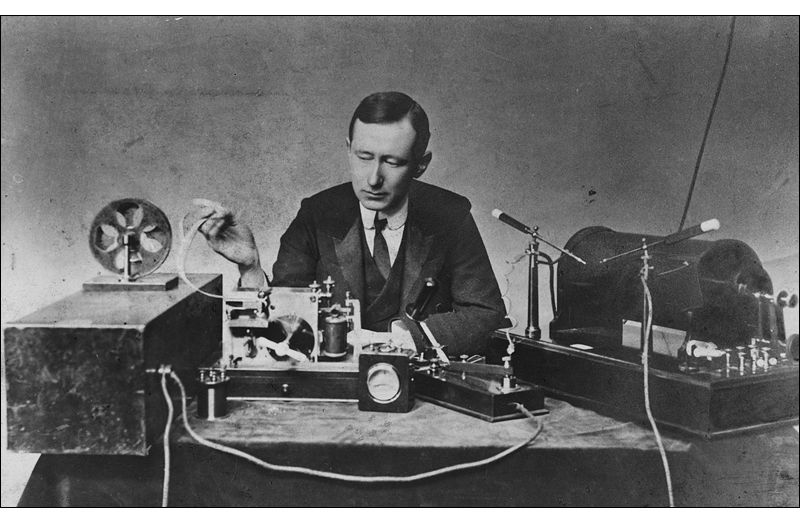
Communication is the reason why the world has progressed as much as it has. In Europe’s biggest war since WWII, every form of communication –even the outdated modes – are springing a comeback.
Tim Davie, Director General of BBC said in a statement in early March, “It’s often said truth is the first casualty of war. In a conflict where disinformation and propaganda are rife, there is a clear need for factual and independent news people can trust.” BBC followed this by announcing it will use shortwave radio frequencies to broadcast its World Service news in English for four hours daily.
Why this move? Because Russia – ruled by a former spy who’s a master in psy-ops and misinformation – Vladimir Putin – has blocked every other source of news and information. Thus the only way for people inside Russia to get hold of news outside their tech iron curtain is this ancient technology.
Over the last few decades, FM radio with its clear reception has gained popularity. However, its high-frequency radio signals can travel only in a straight line. As it bumps into obstacles, it loses its potency making its reception range short.
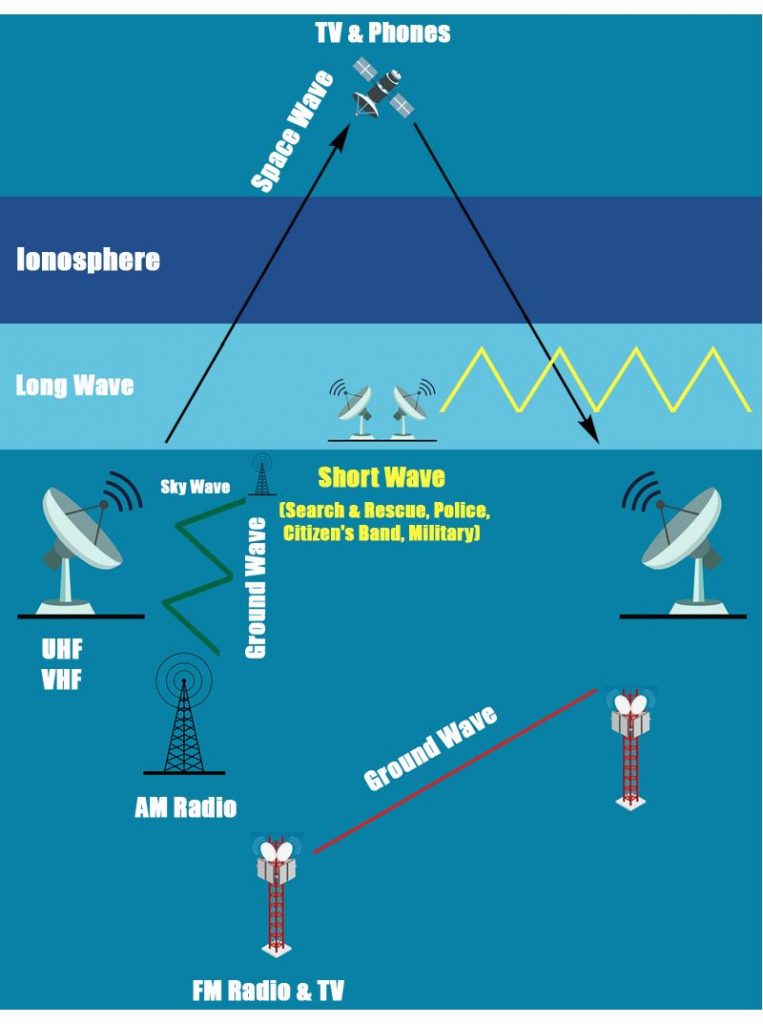
Shortwave frequencies, on the other hand, are flexible. They can bounce off and are reflected from the layer of the atmosphere called the ionosphere. Directed at the right angle towards the sky, it can reflect back long distances. And its best feature and the reason why it’s being used to bypass Russian censorship: it cannot be blocked. Cheap, old radios with Shortwave frequency capabilities, can gather the signals and play the voice.
Shortwave is also popular with amateur radio hobbyists aka ham radio. These amateur radio enthusiasts are turning the tide against the mighty Russian army in surprising ways.
The Russian war machine packed expensive missiles but skipped the same level of care with regard to their communications technology. The Russian army has Azart radios with inbuilt encryption that operates on high frequencies. But there aren’t enough to cover all of the troops. Whether this is because of mismanagement or corruption no one knows.
The result has not only been either lack of or abject miscommunication between ground and air troops but forces on the ground resorting to off-the-shelf, commercial walkie-talkie sets. This any ham radio enthusiast can pick up. Many of these recorded conversations have been shared with the world and as this article from The Economist points out, some do seem like Ukrainian propaganda but many have also been matched and thus verified with events on the ground.
The other problem with radio communications that use older technologies is that they can be tracked with a transmission source using two receivers, making forces using them sitting ducks. There have also been reports of Ukrainians bombarding these frequencies with heavy-metal music in the middle of a battle.
NATO planes flying on the border are also said to be picking up unencrypted Russian communications like they were low-hanging fruits in a garden and passing them on to Ukrainians.
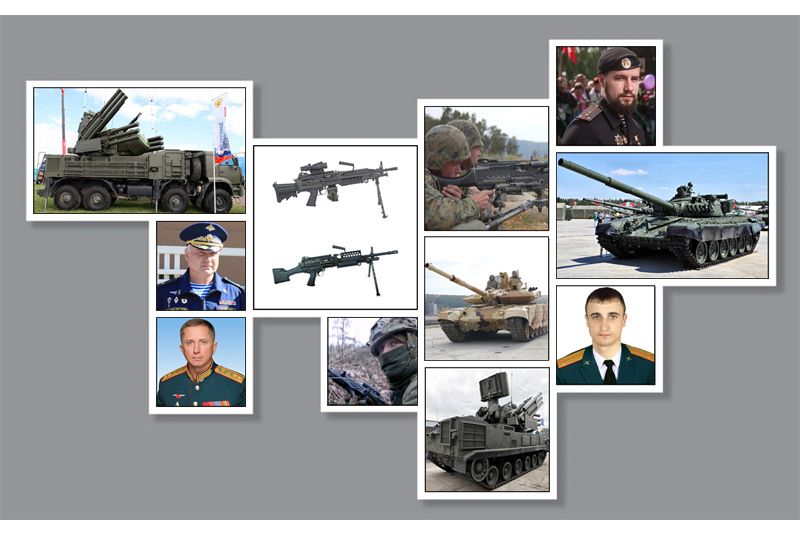
Ukraine has claimed that at least in one case they triangulated the location of a general using their outdated, open communication system. The other high-ranking officers became targets after they felt compelled to go to the battlefield in person as army columns stalled partly due to lack of communication.
This is the reason why a screenshot from a documentary about the war in Ukraine has gone viral. In it, a Ukrainian soldier’s words are translated as, “We are very lucky that they are so f***ing stupid.
Though the war in Ukraine is constantly being compared with WWII because it is the first big war Europe has seen since then, it is quite different than the 1940s. Today the war isn’t just waged on a battlefield. Sometimes it is won and lost much before a single bullet is fired, in the technologies commissioned and used by soldiers.
Russia is learning its lessons the hardest way. Till they figure out their communications tech, they’d perhaps do well to go back to more reliable technology. And the way they are being slaughtered right now, hand-delivered letters like in 1917 don’t sound half as bad as they normally would.
In case you missed:
- A Data Centre on the Moon – From Sci-Fi to Necessity
- Why a Quantum Internet Test Under New York Threatens to Change the World
- Digital Siachen: How India’s Cyber Warriors Thwarted Pakistan’s 1.5 Million Cyber Onslaught
- Quantum Internet Is Closer Than You Think, & It’s Using the Same Cables as Netflix
- Nuclear Power: Tech Giants’ Desperate Gamble for AI
- Tears of War: Science says women’s crying disarm aggressive men
- Rise of the Robolympics: When R2-D2 Meets Rocky Balboa
- Anthropomorphisation of AI: Why Can’t We Stop Believing AI Will End the World?
- Digital Siachen: Why India’s War With Pakistan Could Begin on Your Smartphone
- When AI Meets Metal: How the Marriage of AI & Robotics Will Change the World

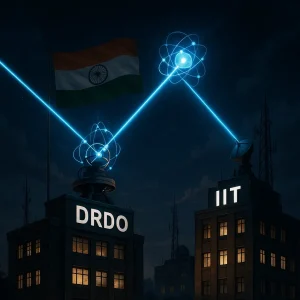


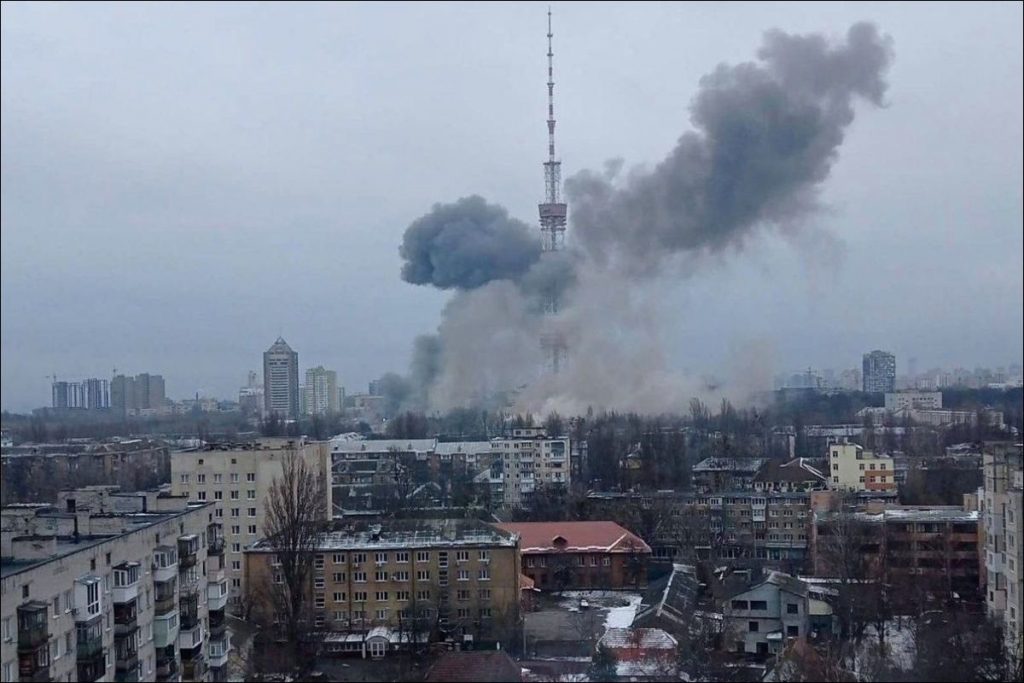






1 Comment
Thank you for sharing the information about technology and war the Ukraine and Russia conflict, it is good article , keep sharing.